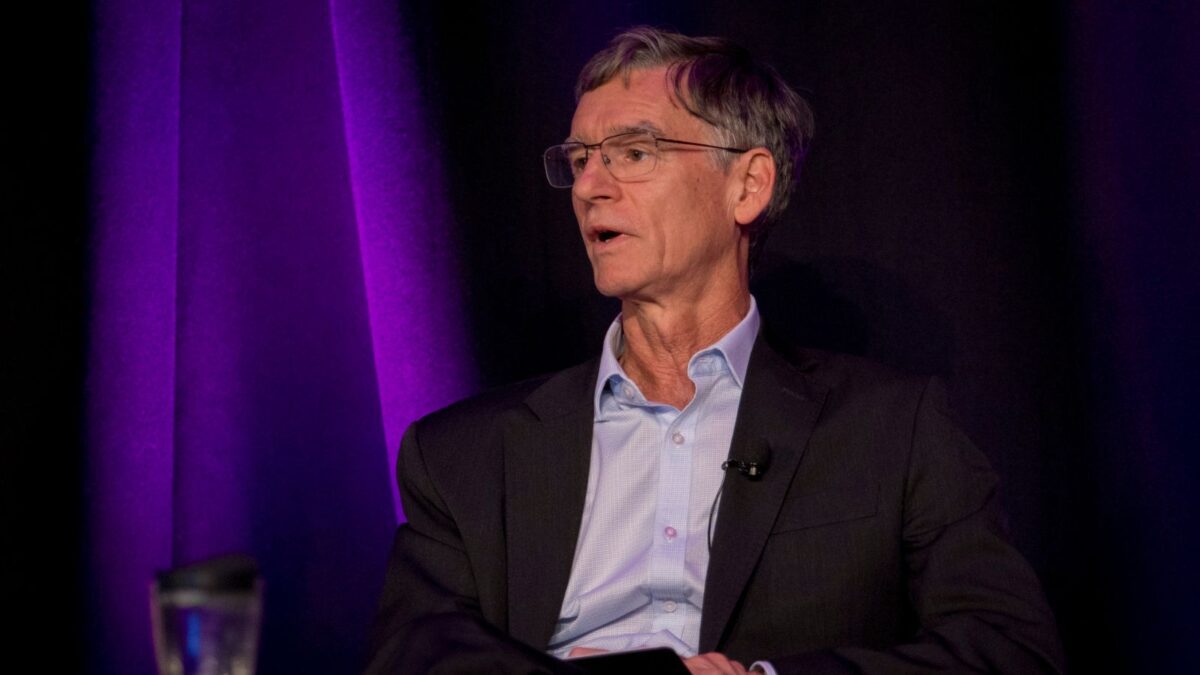How Aussie investors are missing out to foreigners
(Pictured: Tim Sims)
For the first time, in 2014, investment in Australian private equity by sovereign wealth funds around the world and other big overseas investors outpaced that by Australian investors, according to Yasser El-Ansary, the chief executive of Australian Private Equity and Venture Capital Association (AVCAL).
But, at the same time, the performance of Australian PE, especially in 2013 and 2014, has been exceptionally strong, especially compared with the rest of the region, he said at the AVCJ private equity and venture conference.
Tim Sims, the managing director of Pacific Equity Partners in Australia, said that the assets of Australia’s funded superannuation system were largely inactive in this important space.
“You won’t like hearing this, but, Australia is looking a lot like New Zealand. Funds are surrendering the opportunity to make returns that rightfully belong to the super fund members. Instead, those returns have gone overseas. With our fund, 90 per cent of the invested capital comes from offshore. That’s a tragedy.”
He added, however, that Australian funds were stating to have a dialogue with GPs again after a period of “re-grouping” following the global financial crisis.
Sims said there was still a misunderstanding over PE fees, with funds fixated on headline, pre-returns, fees rather than average fees over the life of a fund.
“Australia has had on average 38 per cent higher returns over the past 15 years than global funds,” he said. “And the variation between the best-performing fund and the lowest was less than anywhere – 60 per cent less than in the US and 80 per cent less than Asia.”
John Brakey, an advisor at Principle Advisory Services, said that two successful PE deals where Australians missed out were Myer and Dick Smith.
“Australian investors wore the pain of Myer as a listed company for many years. TPG did the buyout, with overseas investors who enjoyed the uplift and now that it’s [relisted] back in Australian hands the value has declined again,” he said.
With Dick Smith, which had a similar story, it was at least a bit better because about half the PE investors were Australian.
Another way that Australian investors were missing out was that the most successful international GPs were excluding Australian investors. “They believe Aussie LPs are just not worth the trouble,” Brakey said.










